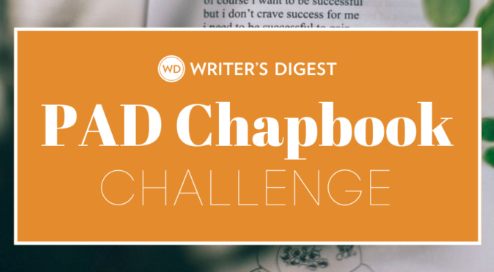Lune: Poetic Forms
Learn more about the lune, a poetic form first created by poet Robert Kelly and a variant created by Jack Collom. Also known as the American haiku, find guidelines and examples for the lune here.
The lune is also known as the American Haiku. It was first created by the poet Robert Kelly (truly a great poet) and was a result of Kelly's frustration with English haiku. After much experimentation, he settled on a 13-syllable, self-contained poem that has 5 syllables in the first line, 3 syllables in the second line and 5 syllable in the final line.
Unlike haiku, there are no other rules. No need for a cutting word. Rhymes are fine; subject matter is open. While there are less syllables to use, this form has a little more freedom.
Here's my attempt at one:
trees never wander
but still spread
across open fields
That is the Kelly Lune.
*****
Play with poetic forms!
Poetic forms are fun poetic games, and this digital guide collects more than 100 poetic forms, including more established poetic forms (like sestinas and sonnets) and newer invented forms (like golden shovels and fibs).
*****
There is a variant lune created by poet Jack Collom. His form is also a self-contained tercet, but his poem is word-based (not syllable-based) and has the structure of 3 words in the first line, 5 words in the second line and 3 words in the final line.
As with Kelly's lune, there are no other rules.
Here's my attempt at a Collom lune:
An envelope labeled
loose change holds coins meant
for loose teeth.





